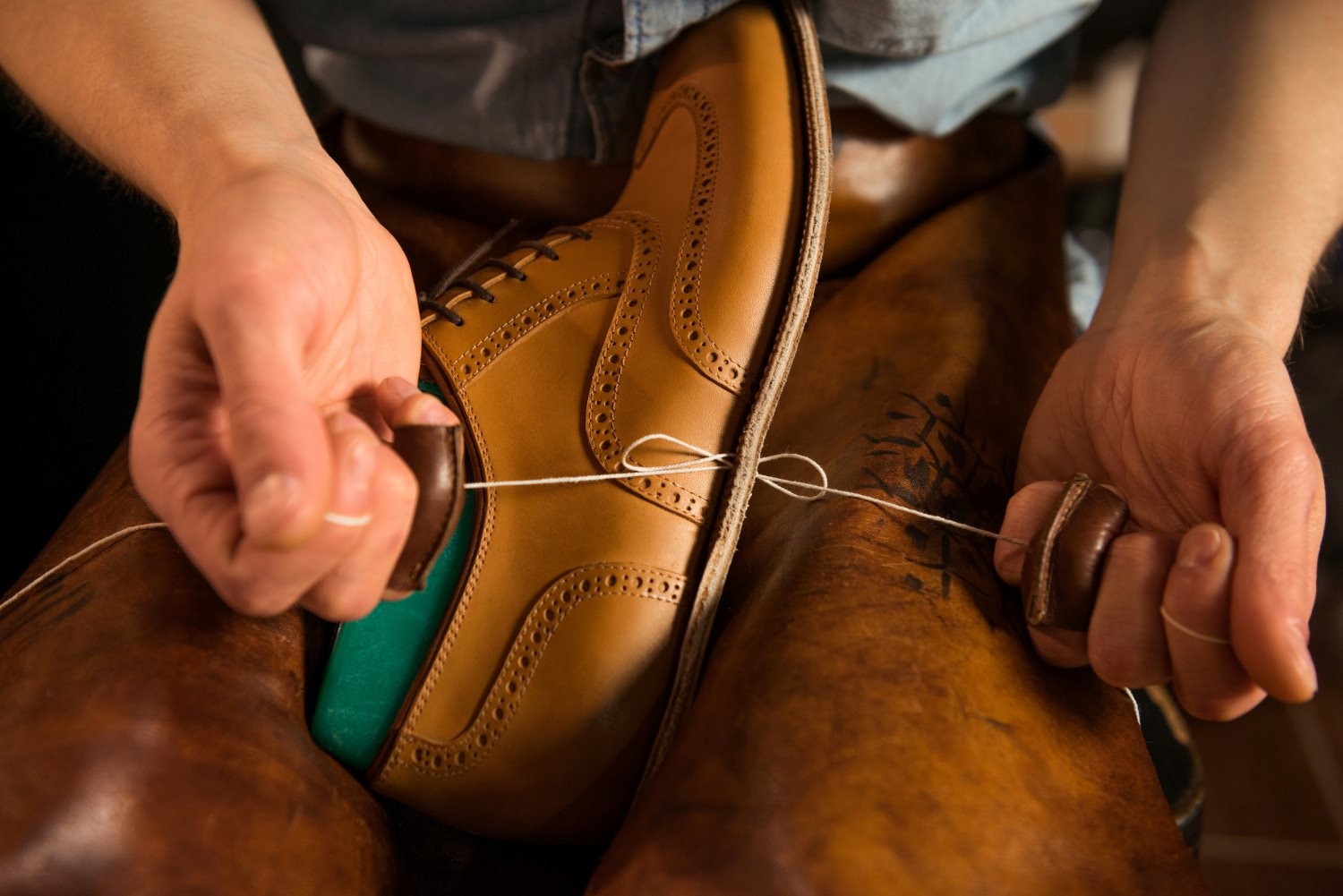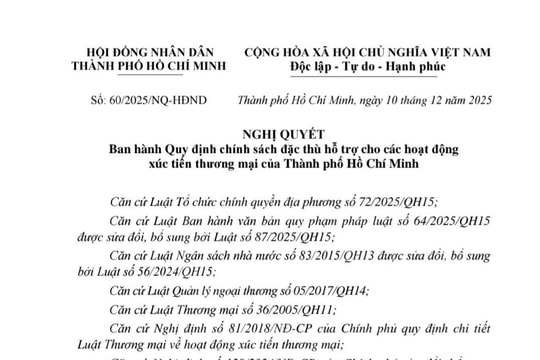1. Standardizing quality – the key to entering a major playing field
Standardizing product quality is the most essential condition for entering this competitive arena. The U.S. market is known for its strict technical regulations, product safety, social responsibility, and environmental standards. Major distribution and retail systems in the U.S. require suppliers to obtain certifications such as ISO 9001, BSCI, WRAP, or chemical safety standards like REACH and CPSIA. Businesses must not only meet material and structural requirements but also develop internal quality management systems and rigorous control procedures, from raw material intake to final packaging. Early investment in structured quality management not only helps overcome technical barriers but also enhances reputation and builds trust with partners and U.S. consumers.

2. Market research & selecting the right segment
It is critical to research the market and identify suitable customer segments. The U.S. is a large and diverse market, where each region has distinct consumption patterns, cultural nuances, and preferences. Enterprises need to conduct in-depth regional analysis such as how the East Coast tends to prefer classic fashion styles while the West Coast leans toward dynamic and creative designs. Understanding consumption trends like eco-friendly footwear, health-oriented products (comfort footwear), or mid-range pricing with expressive designs will help businesses tailor collections to meet market demand. Once the right segment is selected, enterprises can optimize their marketing, pricing, and distribution strategies.
3. Building brand identity & OEM/ODM partnerships
Rather than relying solely on outsourcing, businesses should consider building their own brands or becoming OEM (original equipment manufacturer) or ODM (original design manufacturer) partners for American brands. In a market where consumers increasingly value uniqueness, brand stories, and identity, Vietnamese enterprises can differentiate themselves by incorporating local elements such as natural materials, sustainable designs, or traditional cultural features. Collaborating with existing U.S. brands through OEM or ODM models is also a feasible strategy, saving on marketing costs and leveraging established distribution networks. Crucially, businesses must standardize production capacity, ensure consistent quality, and be able to respond flexibly to large, diverse orders.

4. Connecting supply chains and cross-border e-commerce
Vietnamese businesses should leverage cross-border e-commerce and modern supply chains. With the rapid growth of global e-commerce, enterprises can reach U.S. consumers through platforms like Amazon, ebay, Zappos, or Etsy. This is particularly beneficial for small and medium-sized businesses that lack the resources to open local offices or branches in the U.S. However, to succeed on these platforms, companies must pay close attention to product imagery, detailed descriptions, customer service, and logistics systems. Partnering with U.S.-based fulfillment centers can help reduce shipping times and enhance the customer experience. Additionally, investing in digital infrastructure, including websites and digital marketing, is essential for building brand presence in this market.
5. Leveraging support from organizations & trade agreements
Enterprises should proactively seek and utilize support from industry associations, trade promotion agencies, and free trade agreements. LEFASO and the Ministry of Industry and Trade regularly organize trade shows, workshops, and business networking programs to facilitate international market access. Furthermore, free trade agreements like CPTPP and EVFTA offer significant tariff advantages and open doors for Vietnamese goods to enter the U.S. and other advanced markets. Companies should closely monitor policies, stay up to date on legal frameworks, and build export plans based on international commitments.
“I believe the U.S. market is a long-term game – preparation must start at the roots. This is not just an export market but a strategic playing field where every detail—from design and sustainability to after-sales service—can determine success. Rather than seeking shortcuts, businesses need to start from the fundamentals: market thinking, internal capacity building, and value creation. The sooner we invest in the right direction, the greater our chance to stand firm and thrive in this critical market.” – Mr. Nguyen Duc Thuan, Chairman of LEFASO
The U.S. market continues to hold a strategic position for Vietnam’s footwear industry due to its large scale, high purchasing power, and long-term growth potential. However, to not only access but firmly establish themselves, businesses must pursue a well-defined roadmap with solid internal preparation. The five core strategies outlined above help mitigate risks while unlocking sustainable growth opportunities. With a long-term vision and well-aligned strategies, Vietnamese footwear enterprises can confidently conquer and assert their value in the highly promising U.S. market.






.jpg)

.png)
.png)
.png)


.png)
.png)






.png)

